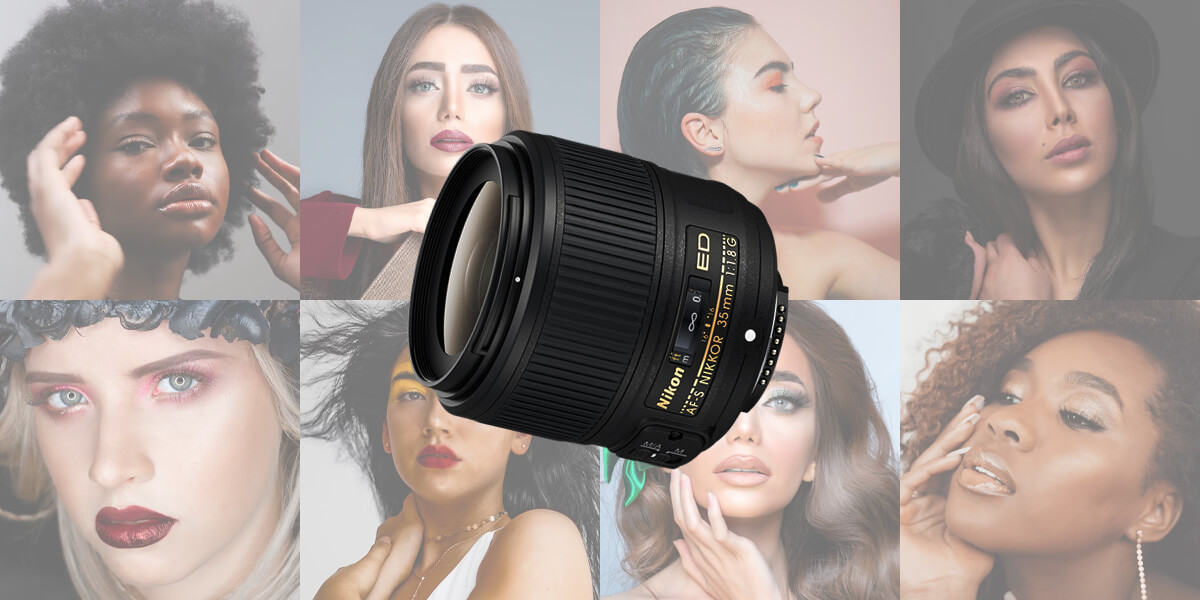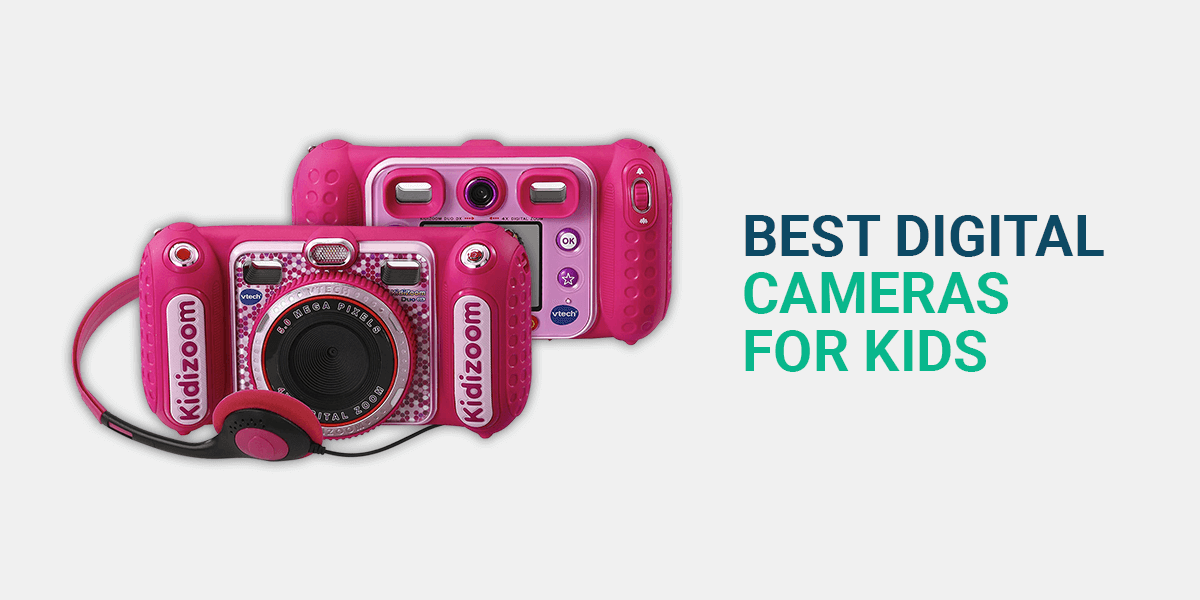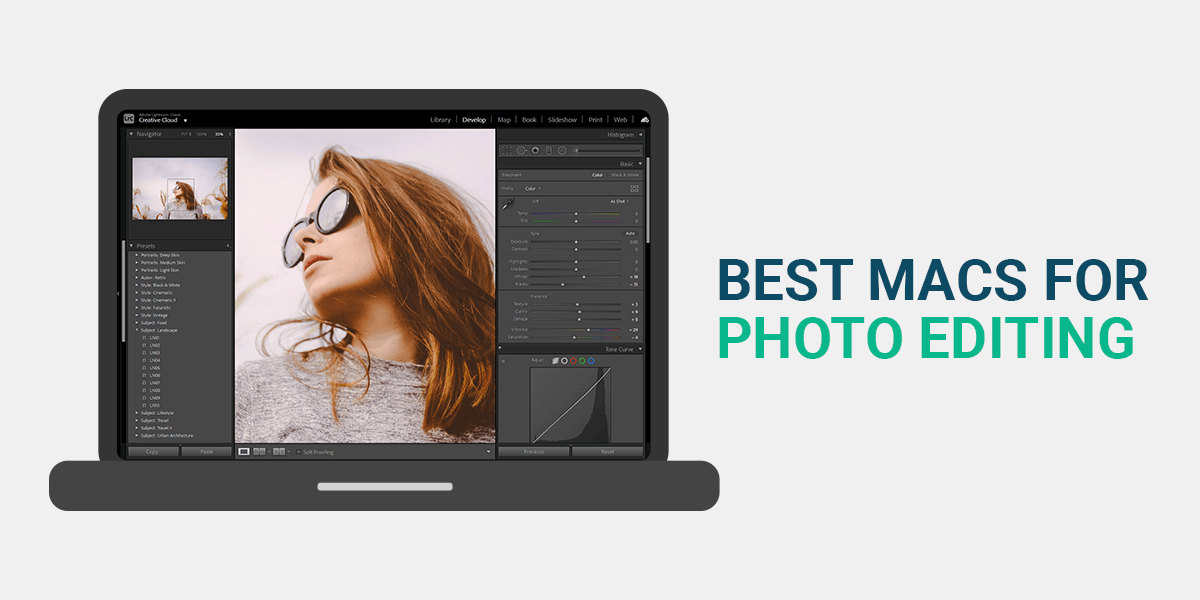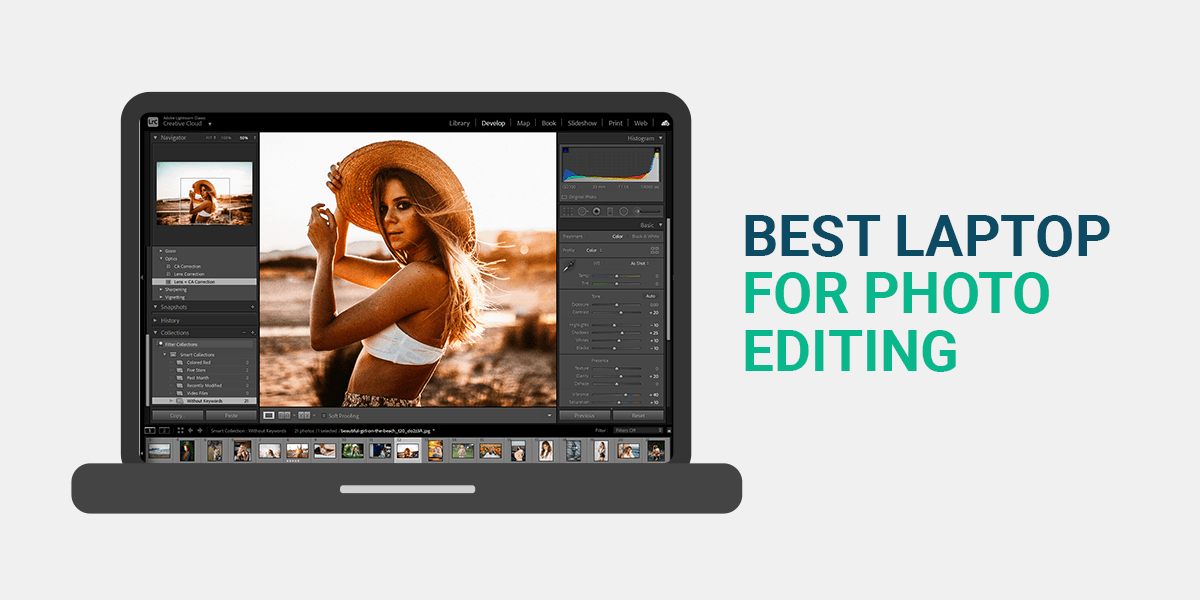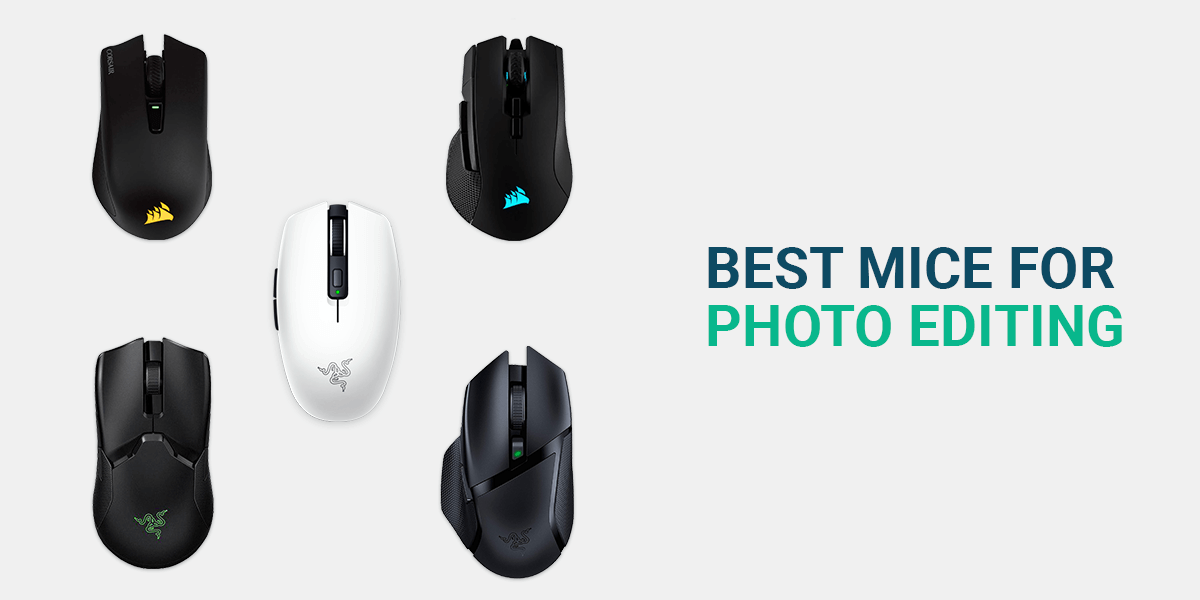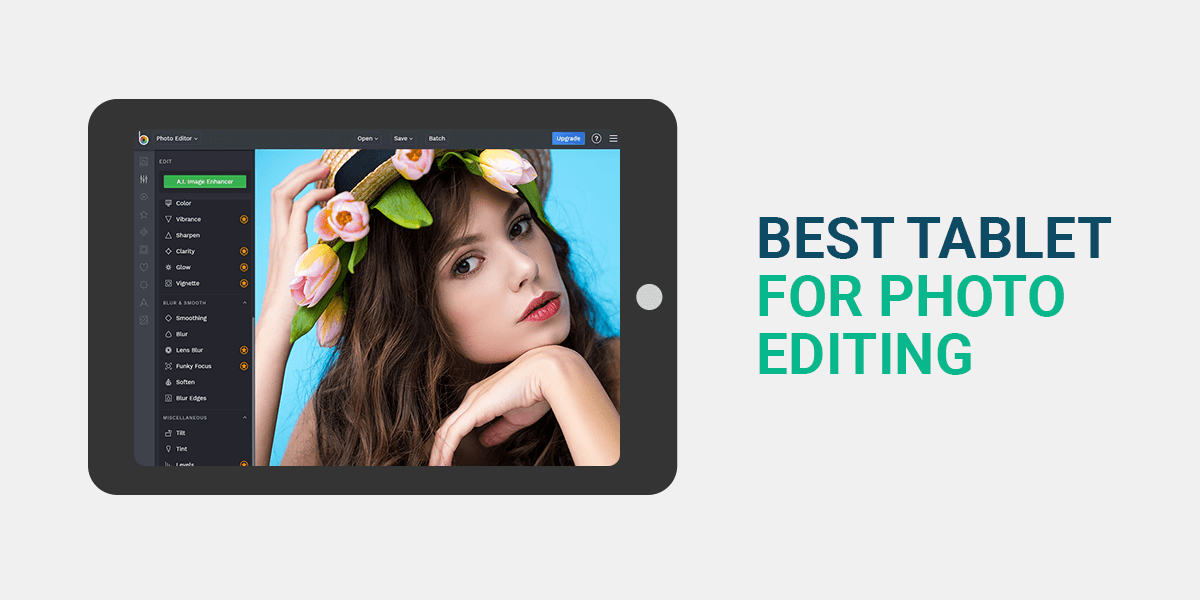- Home
- Services
- Portrait Retouching Services
- Wedding Photo Editing Services
- Color Correction Services
- Glamour Retouching Services
- Photo Retouching Services
- High End Photo Retouching Services
- Background Removal Services
- Photo Correction Services
- Photo Post Processing Services
- Photo Enhancement Services
- Photo Post Production Services
- Photo Culling Services
- Pricing
- Portfolio
- Shop
- Blog
- Login
Softboxes or Umbrellas: Find Out the Real Difference
-
Juli Allen
-
September 12, 2023

Concerning light modifiers, softboxes and umbrellas stand out as two highly favored options. However, determining the optimal choice for your photographs can take some time. If you are new to using artificial illumination or seek convenience and swift arrangement, umbrellas are an ideal starting point. Softboxes offer better light control and come in an array of shapes and dimensions. So, when comparing umbrella vs softbox, you need to focus primarily on your artistic objectives. Below, we will describe the pros and cons of utilizing softbox lighting and umbrella lighting.
What Is Softbox Lighting?

A softbox is a popular lighting tool in photography and videography that produces soft and diffused lighting. It makes strong shadows less noticeable and decreases the difference between very bright and shadowed areas, so the scene is evenly illuminated.
Softboxes are available in different shapes like rectangles, squares, or octagons, and they can be of various sizes. Larger ones, positioned near a subject, generate extremely soft light that is precisely focused. These light modifiers are also handy for outdoor shooting, where they’re combined with natural light to create a particular mood. When dealing with mixed lighting settings, softboxes mostly serve as lights to fill in shadows.
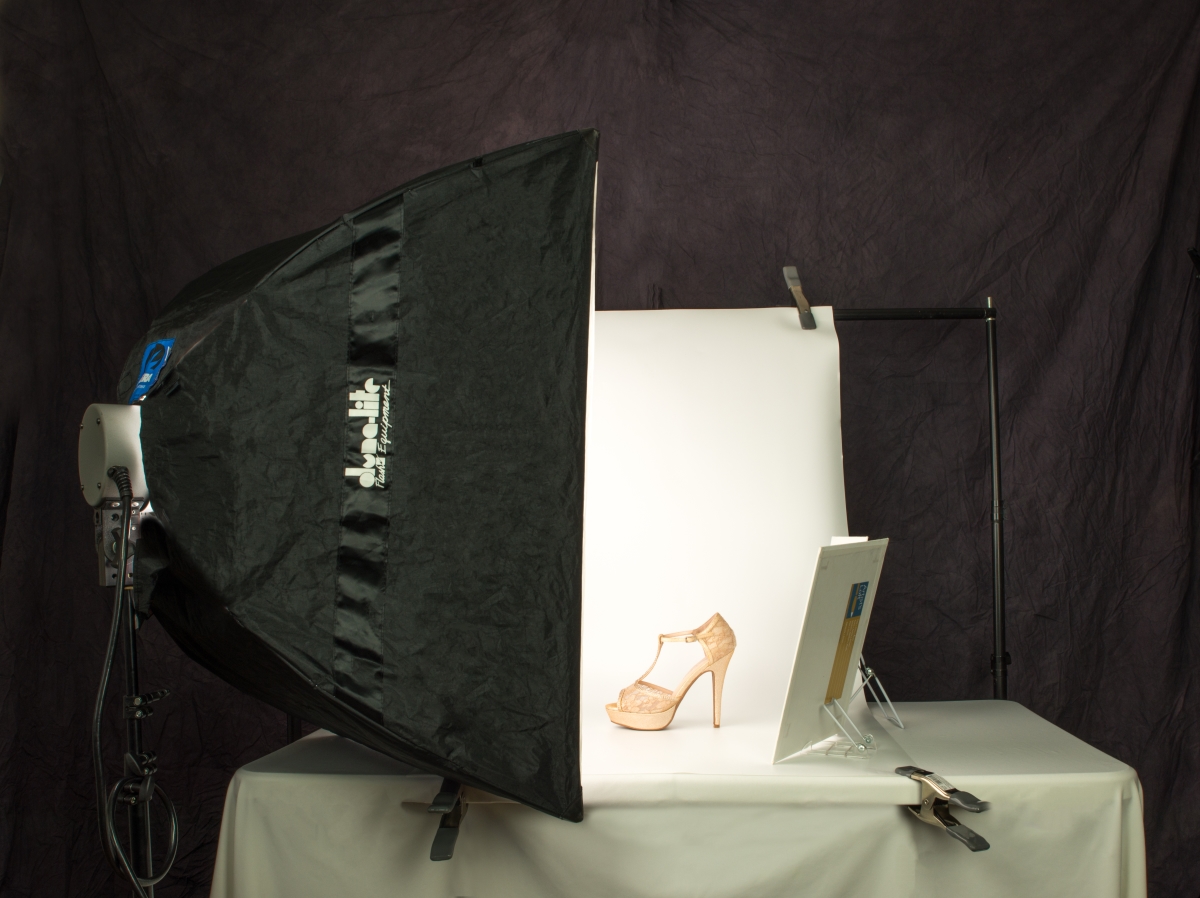
- Soft and flattering light
- Controlled lighting
- Defined lighting patterns
- Lots of shapes and sizes
- Less glare and reflections
- Long setup time
- Limited portability
- High price
Types of Softboxes
Square and rectangular softboxes: These are classic softboxes shaped like squares or rectangles. They’re versatile and create a uniform and well-balanced light, enveloping the subject, which is great for many types of photography. Whether it’s portraits or product shots, photographers often prefer these shapes because they always give consistent and flattering light.
Octagonal Softboxes (Octaboxes): Octagonal softboxes or simply octaboxes have eight sides and generate a circular catchlight in the subject’s eyes. The light emitted is soft and natural, which makes them particularly suitable for portrait and beauty photography. Octaboxes stand out with their ability to deliver a pleasant and mild illumination that accentuates the subject’s natural features.

Strip Softboxes: Characterized by their distinctive elongated structure, strip softboxes generate light that is simultaneously gentle and focused. They are commonly employed to establish rim or hair lighting, adding separation and depth to the subject. Fashion and creative portrait photographers frequently opt for strip softboxes, as these setups excel at producing beautiful and distinctive lighting effects.
Grid Softboxes: Softboxes with grids have an extra attachment in the form of a grid, which is placed over the front panel. This grid serves to regulate the dispersion of light, giving a more focused and controlled illumination. Photographers frequently use softboxes with grids to manage light split and get precise lighting outcomes.
What Is Umbrella Lighting?

An umbrella is a simple and easy-to-use flash modifier, that can be employed in many photography scenarios. It comes in 2 main designs: the reflective umbrella, where the inner side faces the subject, and the shoot-through umbrella, made from translucent white material and aimed outward toward the subject.
The important difference between umbrella and softbox is that the former produces broad and soft lighting closely mimicking outdoor illumination. Unlike softboxes that offer directional control, umbrellas generate a more unrestrained form of light that spreads in multiple directions.
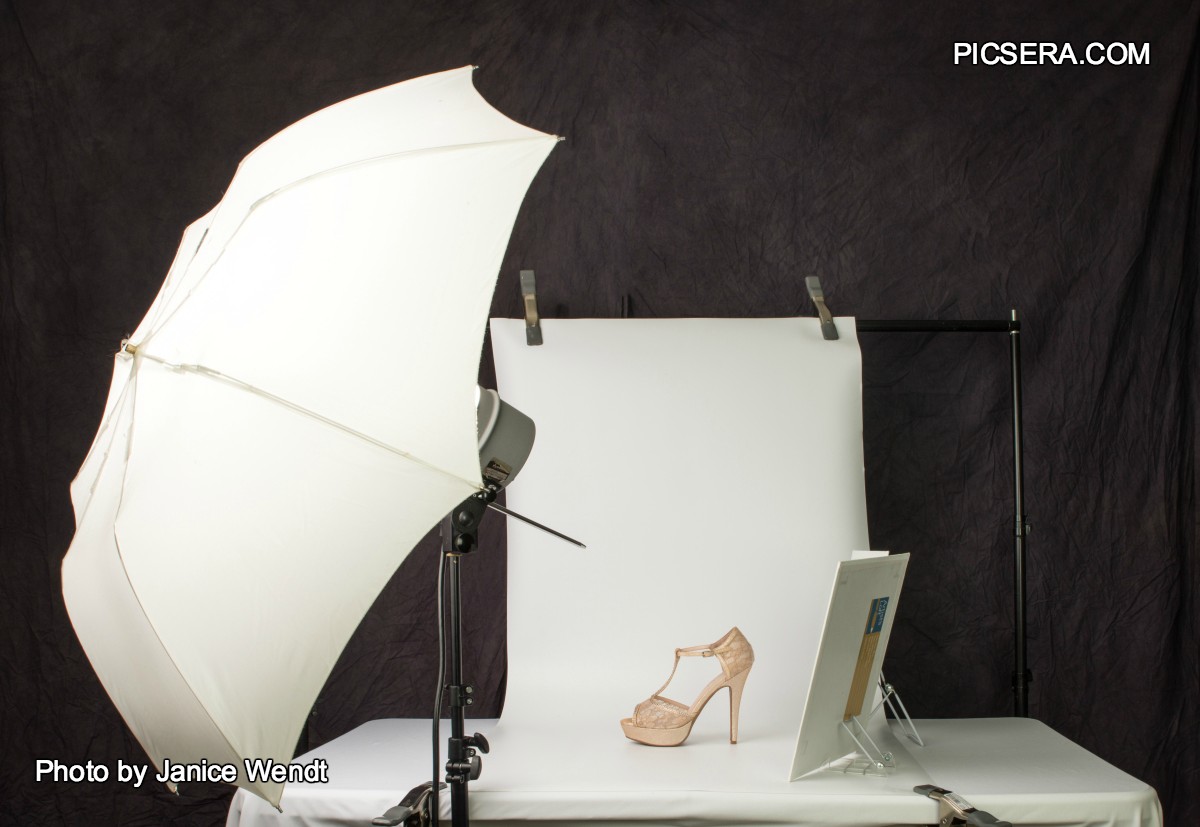
- Easy setup
- Affordable
- Portability
- Broad light spread
- Versatile
- Less control
- Less defined shadows
- Few lighting patterns
- Light spill
Types of Umbrellas
Shoot-Through Umbrellas: Made from translucent or semi-translucent materials, these umbrellas have an internal light source placement. The light goes through the material of the umbrella before reaching the subject. Shoot-through umbrellas yield a gentle, diffused light similar to what a sizable softbox delivers. They generate a flattering, enveloping light that is immensely popular in portrait and beauty photography.

Reflective (Bounce-Back) Umbrellas: Reflective umbrellas have an interior surface with reflective properties. The light source is directed towards the umbrella and is hit off the reflective material and onto the subject. In contrast to shoot-through umbrellas, reflective umbrellas offer a more focused light, so shadows and highlights become more defined. Such versatility makes them suitable for a range of genres, spanning from portraits to product photography.
Which One Should You Use: Softboxes or Umbrellas?

Softboxes or umbrellas – the choice hinges on the lighting effect you intend to achieve, the subject or scene you’re addressing, the equipment at your disposal, and your individual preferences. It’s important to note that these suggestions aren’t rigid directives; there’s ample space for experiments and exploring. Below, we have described several scenarios and factors to consider when selecting between these lighting modifiers:
Use Softboxes When:
You Need Controlled Lighting: If you want to control the direction, intensity, and quality of light, you should opt for softboxes. They produce defined lighting patterns and reduce shadows.
For Portrait & Fashion: Softwboxes are very popular among portrait and fashion photographers as they offer a pleasing, uniformly distributed light that beautifully accentuates the subject’s facial features and physique.

For Product: Softboxes are exceptional tools for product photography, particularly when you need to show intricate details of a product without losing control over highlights and shadows.
To Get Beautiful Lighting Patterns: If you want to get particular lighting patterns like Rembrandt, loop, or butterfly lighting, softboxes allow you to receive such results with meticulous accuracy.
To Minimize/Avoid Light Spill: Softboxes work well when you want to prevent light from spreading onto the background or other parts of the scene.
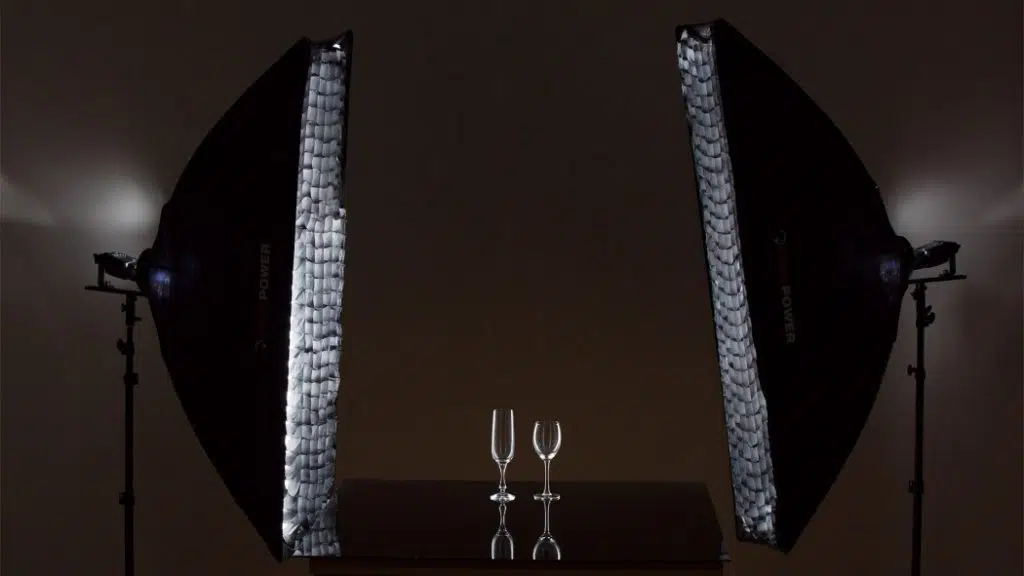
You Want to Use Additional Accessories: If you want to add other components to your lighting setup, the choice between umbrella vs softbox is obvious. It is impossible to add things like grids to umbrellas, but you can do that with softboxes. Such grids work wonders for focusing light. For portrait photographers who want bold, high-contrast lighting, grids are really useful.
To Get Dramatic Lighting: If you want your portrait to look attention-grabbing and dramatic, with dark areas and strong differences between light and shadow, you should use softboxes. They help create specific lighting patterns, like split lighting, which can make a picture feel mysterious and interesting.
Use Umbrellas When:
You Prioritize Portability & Quick Setup: Umbrellas are great when you need to set up lighting equipment fast and relocate it easily. They’re perfect for on-location shoots or events, where the space and lighting might change.
You Want Something Budget-Friendly: If you don’t want to spend too much money, opt for umbrellas. They give you good lighting without draining your budget.
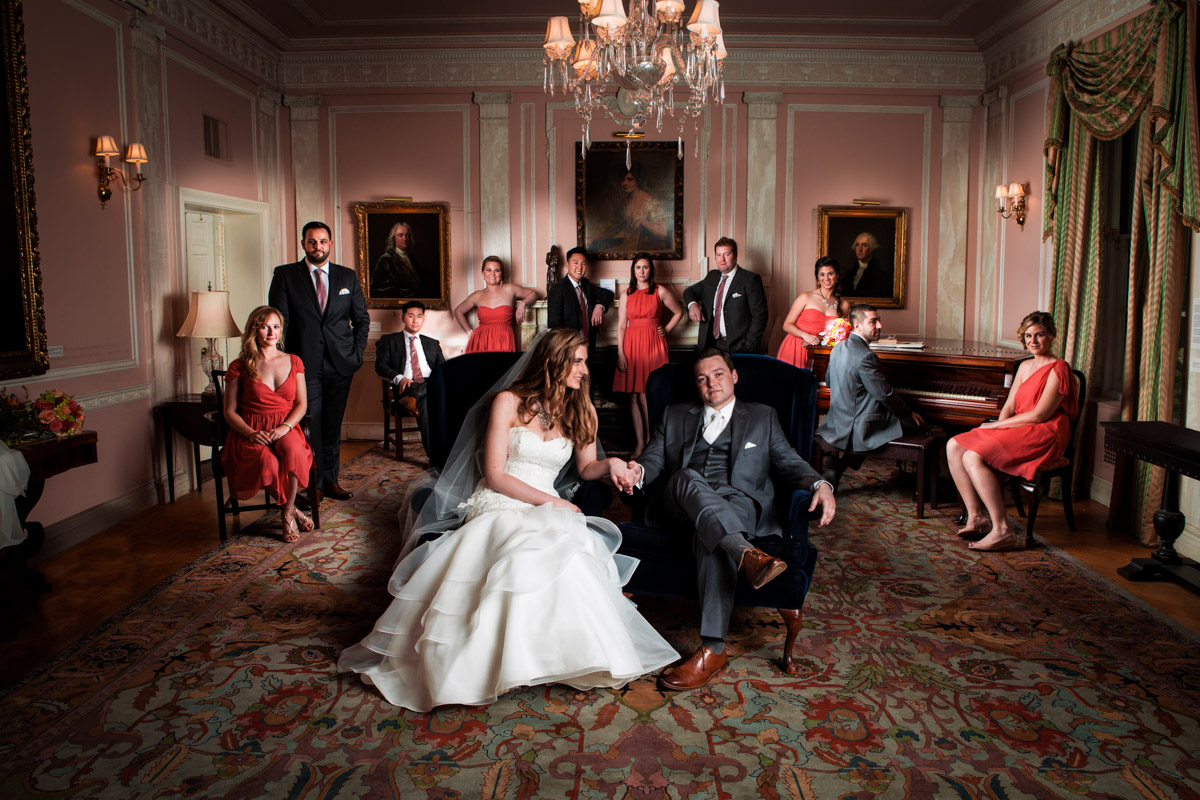
Taking Images of Groups and Large Scenes: Umbrellas are a good fit when you’re taking pictures of lots of people together or scenes where you want the light to spread out evenly over a big space.
You’re Just Starting Out: People often suggest umbrellas to beginners because they’re easy to use and suitable for many scooting scenarios. They’re a nice way to begin learning about lighting.
For Candid Event Photography: When you’re taking pictures of people having fun at events, using umbrellas is a fast and simple way to make sure there’s enough light. The produced light is gentle and flattering, so the pictures will look very candid.
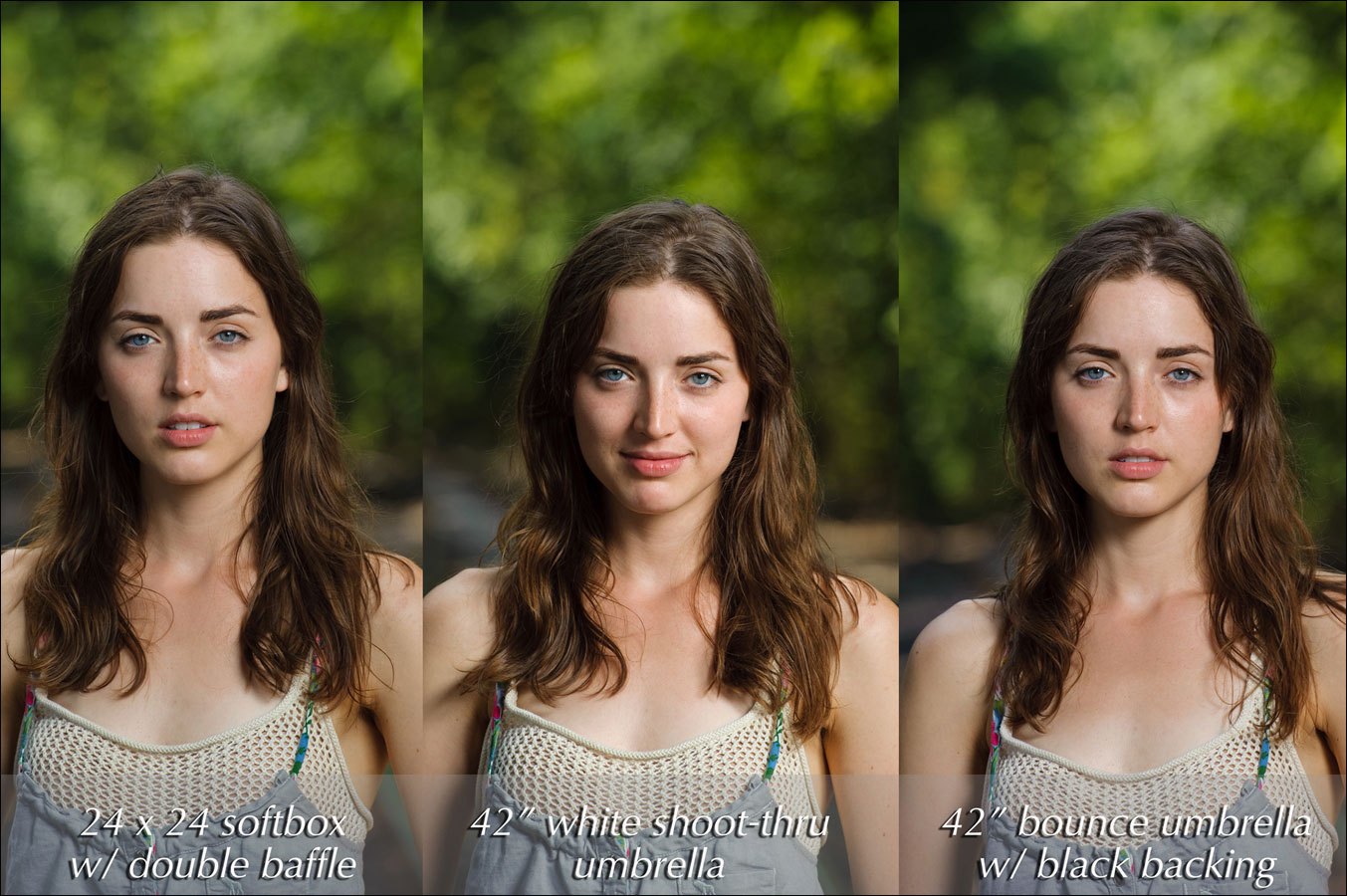
When Taking Portraits Outdoors: Umbrellas work really well when you’re taking pictures of people outside. They make the bright sunlight softer, so it’s not too harsh on the faces. This kind of light makes people look good without making them squint or having weird shadows on their faces.
Softboxes or Umbrellas: Common Mistakes
Even though softboxes and umbrellas are designed for different lighting purposes, some beginners may mix them up and use them in the wrong situations. However, doing so can yield very unprofessional results and mess up the whole photo session. Now, let’s study possible mistakes in detail.
1. Using Umbrellas for Intricate Lighting Patterns
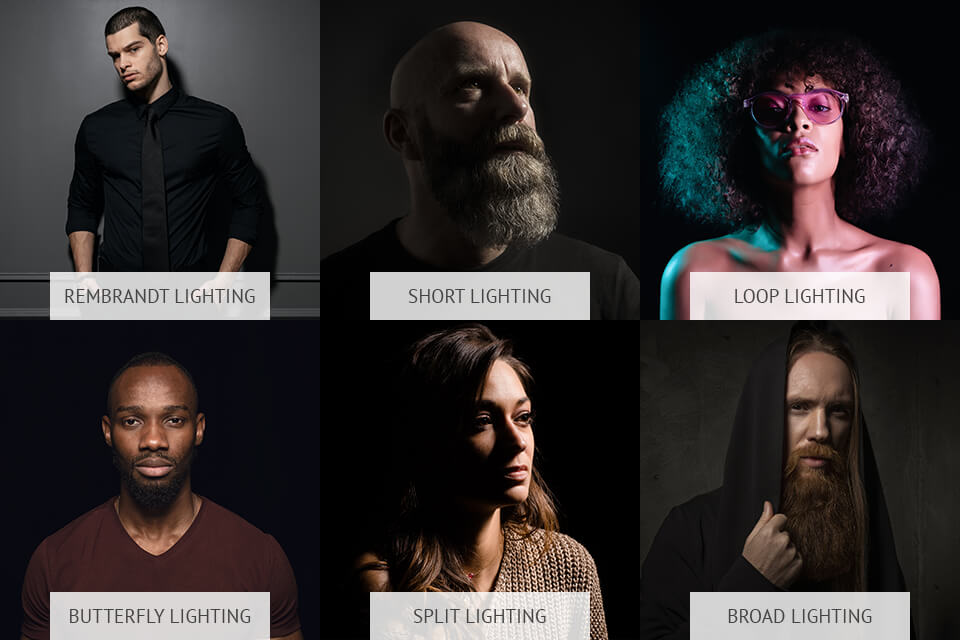
If you want to create particular lighting patterns like Rembrandt or butterfly lighting, you should opt for softboxes, not umbrellas as they produce shadows and bright spots that lack clarity. To get really precise patterns, always use softboxes. With them, you can control the shapes of light better because they emit directional and focused, which is necessary for getting detailed lighting patterns.
Softboxes: loop lighting, butterfly lighting, Rembrandt lighting
Umbrellas: split lighting, short & broad lighting
2. Using Softboxes in Small Spaces
Arranging bulky softboxes in small places is a very bad idea due to the lack of space. If you put the softbox too close to a person, the light will reach needless areas and the illumination will be uneven. Umbrellas are smaller than softboxes, so they fit better in tight spaces.
Softboxes: Wide indoor spaces
Umbrellas: Limited indoor spaces
3. Using Umbrellas for Close-Up Detail Photos
Although umbrellas give nice and soft light that’s good for many situations, they can make details that are close-up look less sharp and clear. Softboxes usually produce more controlled and polished lighting, so objects that are close-up still look sharp and detailed.
Softboxes: Polished look, and sharp details
Umbrellas: Softened textures and details
4. Using Softboxes in Outdoor Space

Big softboxes are harder to carry around than umbrellas. So, if you are going to take pictures outside or take part in fast-paced shooting, you’d better choose umbrellas. Also, when you’re working outdoors, the wind can be a problem. Softboxes are more susceptible to wind because they’re larger.
Umbrellas are light and easy to carry, which is helpful when you’re taking pictures outside and need to move or change spots fast. Umbrellas are also simple and quick to set up. This is really useful outside where the light can change suddenly, and you have to adjust to it without delays.
Softboxes: Indoor spaces
Umbrellas: Indoor and outdoor spaces
- Weedit.Photos Blog
- Photo Equipment Reviews
- Softboxes or Umbrellas: Find Out the Real Difference
